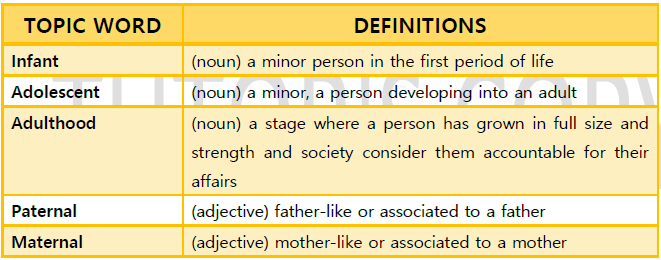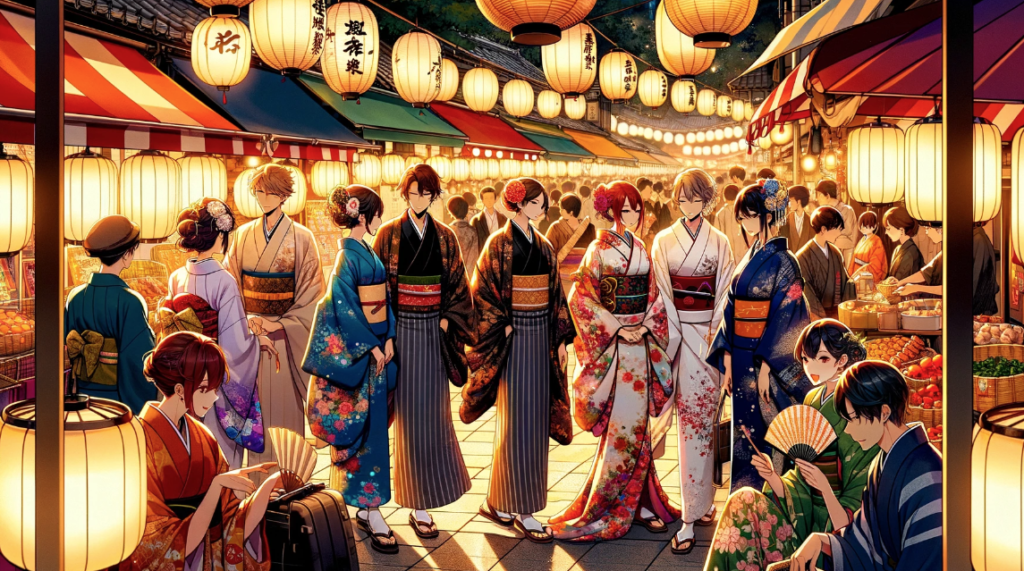
Lesson 4. ”Wabi-Sabi”
Topic Question: What is the concept of “wabi-sabi”?
No. 1
First, try answering the question yourself. – The instructor will provide advice on vocabulary, grammar, and expression corrections.
Sample Answer – Let’s read aloud – The instructor will check your pronunciation and accent.
Wabi-sabi is a Japanese aesthetic philosophy that embraces the beauty of imperfection, impermanence, and incompleteness. Originating from Buddhist teachings, it appreciates the simple, modest, and natural aspects of life. “Wabi” originally referred to the loneliness of living in nature, away from society, while “sabi” meant “chill,” “lean,” or “withered.” Over time, these concepts evolved to celebrate the serene and subtle beauty in the flawed or ephemeral. Wabi-sabi can be seen in various Japanese arts, such as pottery, where the uniqueness of a crack or a rough texture adds value and character to the piece. It teaches us to find beauty in the transient nature of our world and to accept the natural cycle of growth and decay.
No. 2
5 Words to Learn and Their Meanings – Pronounce the Words Correctly (Pronunciation Training) + Make Sentences Using the Words Instantly
1. Aesthetic (美学): Concerned with beauty or the appreciation of beauty.
The aesthetic of this garden captures the essence of Japanese design.
2. Impermanence (無常): The state or fact of lasting for only a limited period of time.
The cherry blossoms remind us of the impermanence of life.
3. Modest (控えめな): Unassuming in the estimation of one’s abilities or achievements.
Despite his success, he remained modest about his accomplishments.
4. Ephemeral (はかない): Lasting for a very short time.
The ephemeral beauty of a sunset is what makes it so precious.
5. Transient (一時的な): Lasting only for a short time; impermanent.
Travelers often have a transient lifestyle, moving from one place to another.
No. 3
Key Expressions and Example Sentences – Pronounce the Example Sentences of Key Expressions Correctly (Pronunciation Training) + Make Sentences Using the Key Expressions Instantly
1. Embraces the beauty of imperfection (不完全の美しさを受け入れる)
True love embraces the beauty of imperfection, accepting flaws and all.
2. Appreciates the simple (シンプルなものを価値あるものと認識する)
Living in the countryside teaches one to appreciates the simple pleasures of life.
3. Find beauty in the transient (移り変わりゆく美しさを見出す)
As an artist, I strive to find beauty in the transient moments that others might overlook.
No. 4
Discussion and Exchange of Opinions on the Sample Answer
Instructor: How do you interpret the concept of wabi-sabi in your own life? Are there aspects of your daily routine or environment where you can apply this philosophy?
Student: [Opinions of students]
No.5
Free Discussion on the topic
Let’s explore how the concept of wabi-sabi could influence modern lifestyle and design. Do you think there’s a place for wabi-sabi in today’s fast-paced, perfection-driven society? How can embracing imperfection lead to a more fulfilling life?




























